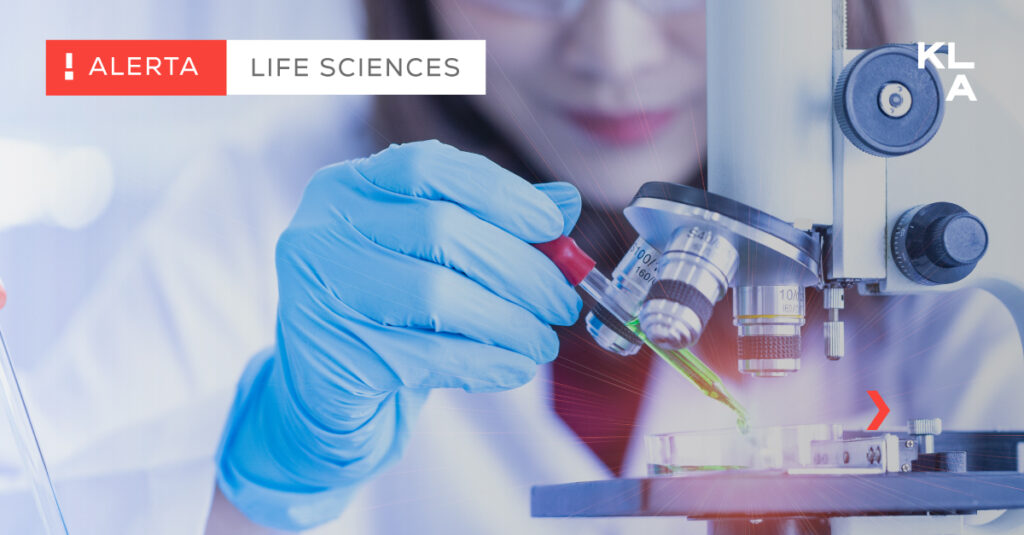On April 8, 2024, the National Health Surveillance Agency (Anvisa) published the new Normative Instruction (IN) No. 290/2024. This IN establishes an optimized procedure, in accordance with Collegiate Board Resolution (RDC) No. 741/2022, for analyzing and deciding on marketing authorization issuance petitions for medical devices and in vitro diagnostic devices (IVDs) through the use of analyzes carried out and approved by an Equivalent Foreign Regulatory Authority (AREE). It represents yet another regulatory progress by ANVISA in specifying the procedures and requirements for granting optimized analysis of marketing authorization issuance petitions for products subject to health surveillance.
A few days earlier, on March 25, 2024, ANVISA published Normative Instruction (IN) No. 289/2024, which relates to the optimized procedure for analyzing marketing authorization issuance petitions and post-registration petitions concerning medicines, biological products, vaccines, and active pharmaceutical ingredient (API) dossiers approved by an AREE (click here to check our alert regarding IN No. 289/2024).
First, let’s make an observation about the new Instruction Normative, IN No. 290/2024. When addressing the optimized marketing authorization issuance procedure for medical devices and in vitro diagnostic medical devices (IVD), it is evident that this IN applies to medical devices and IVDs of Class III and IV, subject to registration with Anvisa. Devices of Class I and II, which are subject to notification, are not covered by this norm.
According to IN No. 290/2024, the optimized registration procedure applies to medical devices and IVDs that have been authorized by at least one of the approved AREEs. The documentation proving registration or authorization issued by the AREE must specifically reference the identical medical device intended for registration within the national territory.
The AREEs approved by Anvisafor medical devices are as follows:
| Country | Foreign Authority |
| Australia | Australia Therapeutic Goods Administration (TGA) |
| Australian Register of Therapeutic Goods (ARTG) | |
| Canada | Health Canada (HC) – Medical Device Licence |
| USA | US Food and Drug Administration (FDA) – 510(k) Clearance, Premarket Approval (PMA) ou 513(f)(2) “De Novo” |
| Japan | Japan Ministry of Health, Labour and Welfare (MHLW) – Premarket approval (Shonin) |
However, the optimized process will not apply to medical devices and IVDs that have been authorized by the AREE through an abbreviated process similar to ANVISA’s optimized analysis. In such cases, the medical device or IVD must undergo regular registration following the provisions of RDC nº 751/2022 (for medical devices) and RDC No. 830/2023 (for IVDs).
The optimized registration procedure outlined in IN No. 290/2024 acknowledges the decision-making autonomy of Anvisa. The agency may choose to make decisions that differ from those of the AREE regarding registration petitions.
Furthermore, for companies whose products are underway the ordinary regularization process and have evaluations approved from AREEs, IN No. 290/2024 allows the regularization process to be reclassified as optimized. This can be done through a secondary petition request for amendment in the registration process.
IN No. 290/2024 will come into effect on June 3, 2024. Non-compliance with the rules outlined in this normative instruction constitutes a health violation punishable under Law No. 6,437/1977.

